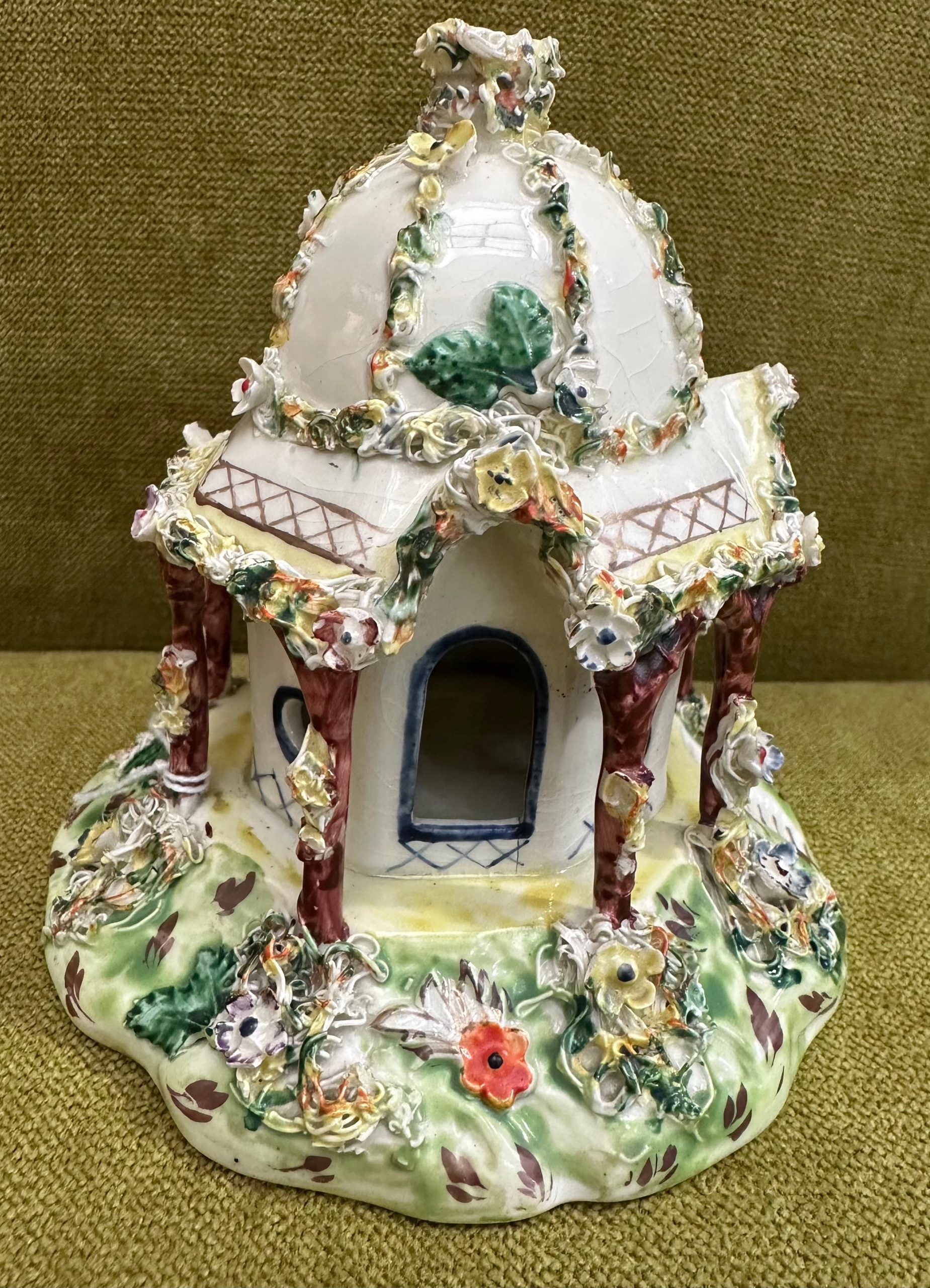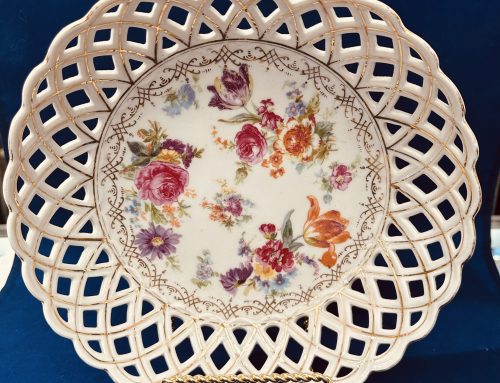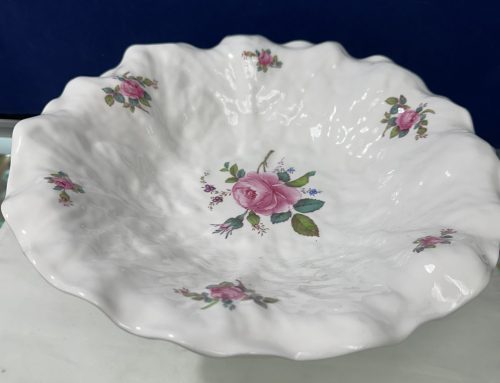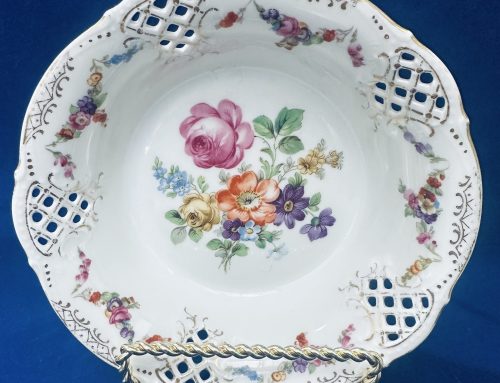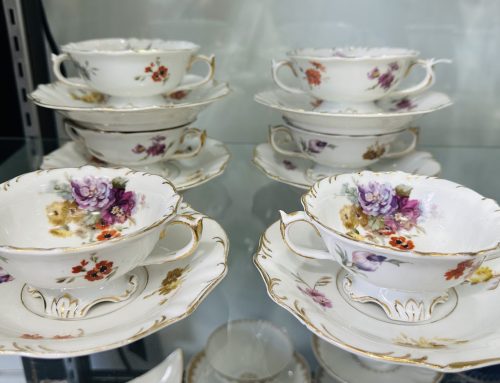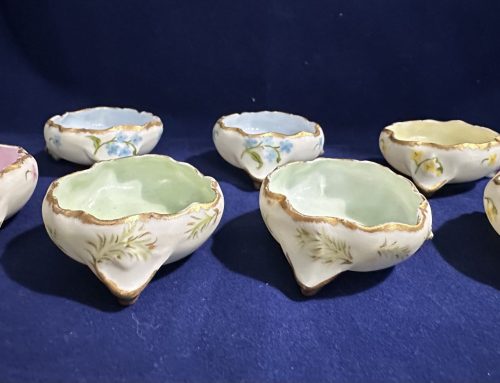Leeds Pottery was a significant pottery manufacturer in Leeds, England, with a fascinating history. Here’s a summary of its key aspects:
Early History and Creamware:
- Founded around 1756: Leeds Pottery emerged in the mid-18th century, a time when simplified production techniques from France were influencing English potteries.
- Pioneering Creamware: Leeds is credited with being one of the first to produce high-quality creamware, a type of earthenware with a distinctive creamy color and a translucent lead glaze. Their creamware was so well-regarded that it became synonymous with the term “Leedsware.”
- Competition with Wedgwood: Leeds Pottery became a major rival to Wedgwood in the production of creamware, known for its lighter weight, which gave it an advantage in European markets.
Growth and Innovation:
- Catalogues and Designs: Leeds Pottery produced catalogues of their wares, showcasing a wide variety of designs, including pierced openwork, basketwork, and engine-turned decoration.
- Diverse Products: While creamware was their specialty, they also produced other types of earthenware and some stoneware, including black “basalt” wares.
- Export Success: Leeds Pottery exported its wares extensively, particularly to European markets, thanks to their lighter weight and high quality.
Challenges and Decline:
- Napoleonic Wars: The Napoleonic Wars disrupted trade and impacted the company’s success.
- Financial Difficulties: Leeds Pottery faced financial challenges throughout its history, leading to changes in ownership and periods of decline.
- Closure: The original Leeds Pottery eventually closed its doors in 1881.
Revival and Legacy:
- Reopening: The Leeds Pottery brand was revived in 1888, producing reproductions of earlier designs. This revival continued until 1957.
- Modern Ownership: The brand has changed hands several times in recent decades and is now owned by Denby Pottery, with production moved to Stoke-on-Trent.
- Collectability: Antique Leeds Pottery pieces, especially those from the 18th century, are highly collectible today.
Key Characteristics of Leeds Pottery:
- Creamware: Their signature product, known for its quality and delicate appearance.
- Lightweight: Leeds wares were generally lighter than those of competitors, aiding in export.
- Variety of Decoration: They employed various decorative techniques, including piercing, basketwork, and engine-turning.
- Distinctive Handles: Early Leeds pieces often featured twisted handles with a greenish glaze.
